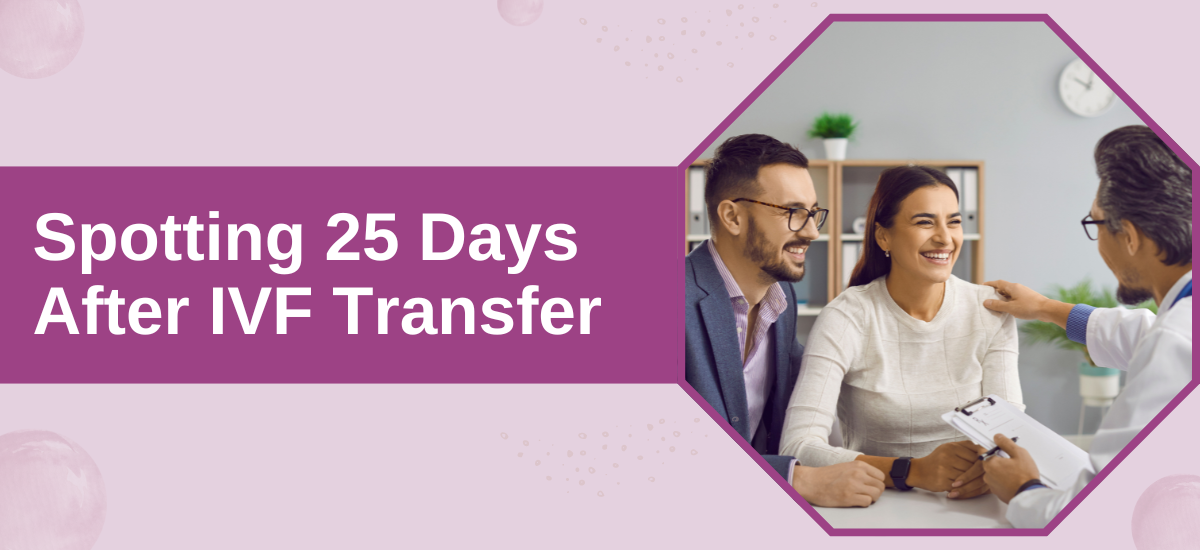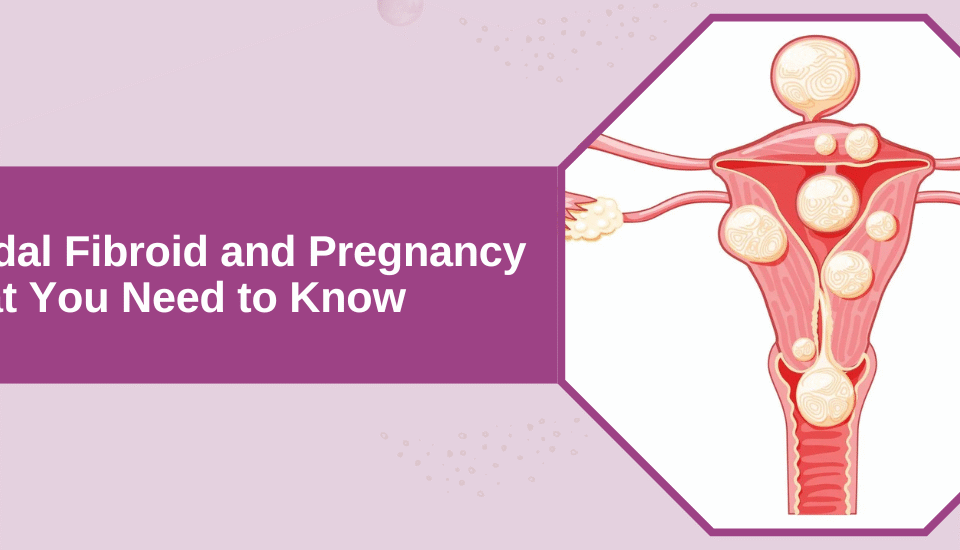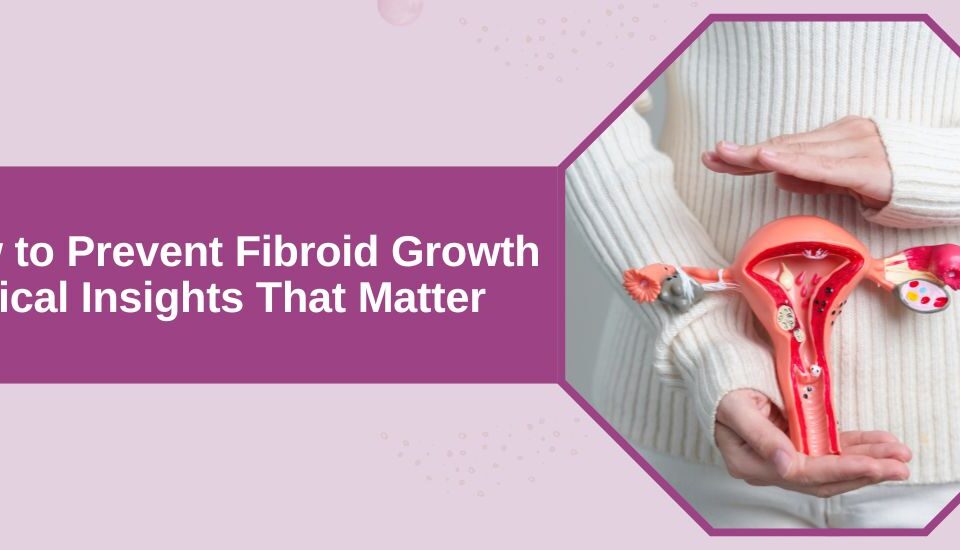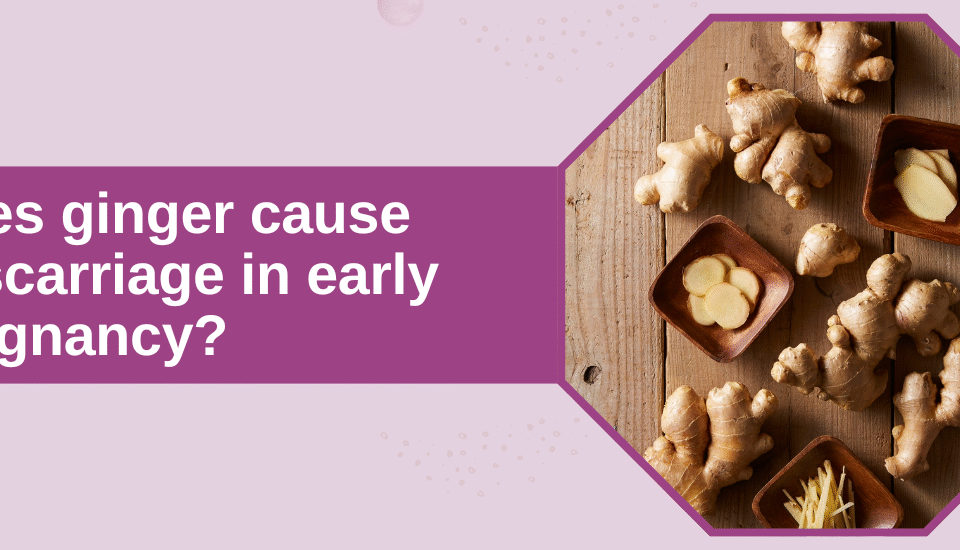- Have any questions?
- +91-98717 17305
- babiesandus12@gmail.com
Spotting 25 days after IVF transfer

Pregnant After Failed IVF Over 40: What You Need to Know
September 28, 2024
No Cramping After Embryo Transfer
October 14, 2024Infertility is a global concern, affecting millions of couples worldwide. In India, around 10-15% of couples face challenges with infertility, leading many to seek advanced fertility treatments like In Vitro Fertilization (IVF). IVF has become a beacon of hope for those struggling to conceive, offering a solution that brings them closer to their dream of parenthood.
Infertility can have profound emotional and psychological effects, causing stress, anxiety, and a sense of helplessness. However, with the advancements in reproductive medicine, there is hope. According to IVF specialists at Babies & Us IVF Center, “The embryo transfer is a critical step in the IVF process, where the IVF doctor places the carefully selected embryo into the uterus. This moment is filled with anticipation, representing the culmination of weeks of preparation and treatment.”
Some individuals may experience spotting around 25 days after an embryo transfer. While this can be concerning, it’s important to understand what this may signify.

Have you noticed spotting after your IVF transfer? It’s advisable to consult a seasoned IVF specialist to assess your situation and provide appropriate guidance.
Is Spotting 25 Days After IVF Transfer Normal?
Spotting 25 days after an IVF transfer can occur and is not always a cause for concern. In many cases, it could be a regular part of the process. However, it’s essential to monitor the spotting closely.
The IVF team at Babies & Us IVF Center explain, “Spotting can sometimes be an early sign of implantation, which is a positive indication that the embryo is attaching to the uterine lining. However, it’s important to differentiate between light spotting and heavy bleeding, as the latter could require immediate attention.”
To help you determine the appropriate course of action, let’s understand why spotting may occur 25 days after an IVF transfer.
Causes of Spotting 25 Days After IVF Transfer
Spotting 25 days after an IVF transfer may occur due to several factors:
Implantation Bleeding: This happens when the embryo attaches to the uterine wall. It’s a common cause of light spotting and is generally a positive sign.
Hormonal Fluctuations: The medications used during IVF can cause hormonal shifts and affect the uterine lining.
Cervical Irritation: The cervix can become sensitive after an embryo transfer, mainly due to the procedures and medications.
Subchorionic Hemorrhage: This is a condition where blood collects between the uterine wall and the placenta. While often harmless, it can cause spotting and should be monitored by an IVF doctor.
Early Pregnancy Loss: Although less common, spotting can sometimes indicate a miscarriage. This possibility underscores the importance of seeking medical advice if spotting occurs.

Are you uncertain or concerned about how your body feels post-embryo transfer? Consult an experienced IVF doctor for the care and insight to guide you through this phase.
Not sure what to do next? Here’s how to handle it the right way.
What Should I Do If I Notice Spotting 25 Days After IVF Transfer?
If you notice spotting 25 days after your IVF transfer, it’s essential to take the following steps:
Stay Calm: While it’s natural to feel anxious, try to remain calm. Spotting is not always a sign of a problem.
Monitor the Spotting: Keep track of the amount, color, and duration of the spotting. This information will be helpful when consulting your doctor.
Avoid Heavy Physical Activity: Rest is crucial during this period. Avoid strenuous activities that might exacerbate the spotting.
Contact Your IVF Specialist: Reach out to your IVF specialist promptly. They can evaluate your symptoms and advise you on the next steps, ensuring your pregnancy progresses smoothly.
Follow Your Treatment Plan: Continue taking any prescribed medications as directed by your doctor. Do not make any changes without consulting your specialist.

While light spotting might not be worrisome, you must not ignore any accompanying symptoms.
Other Symptoms 25 Days After IVF Transfer
- Light cramping can occur as the embryo implants into the uterine lining.
- Hormonal changes can lead to increased tiredness.
- Sensitivity in the breasts is expected due to hormonal fluctuations.
- Some individuals may begin to experience nausea, which is often an early sign of pregnancy.
- Hormonal changes can affect your mood, leading to heightened emotions.
- You may notice a feeling of fullness or bloating as your body adjusts to pregnancy.

Conclusion
Advances in medical science have made it possible for many couples to achieve their dream of parenthood through IVF. Spotting 25 days after an IVF transfer is one of the many aspects that might cause concern, but it is not always a negative sign. IVF doctors explain, “While spotting can be unsettling, it’s often a normal part of the early stages of pregnancy. Most cases can be managed effectively with careful monitoring and timely consultation.”
Are you experiencing spotting or other symptoms after your IVF transfer? Consulting a compassionate IVF specialist can provide the clarity and support you need during this critical time.
Got more questions on your mind? Let’s clear them up with some answers.
FAQs
When does spotting after embryo transfer start and stop?
Spotting after an embryo transfer can start as early as a few days post-transfer and may last a few hours to a few days. However, the timing and duration can vary based on individual factors.
Does spotting affect the success of the IVF treatment?
Light spotting typically does not affect the success of IVF treatment. It’s often a normal occurrence, but keeping your doctor informed is essential to ensure everything is progressing as expected.
Can stress cause spotting after an IVF transfer?
Stress itself is unlikely to cause spotting directly. However, stress can impact your overall health, which may influence your body’s response post-transfer, so managing stress effectively is important.
Is spotting a sign of a failed IVF cycle?
Spotting is not necessarily a sign of a failed IVF cycle. It can be a normal part of the process, but you must discuss persistent or heavy bleeding with your IVF specialist to rule out any concerns.
Can I exercise if I experience spotting after IVF transfer?
If you experience spotting after an IVF transfer, it’s best to avoid strenuous exercise. Gentle activities like walking may be acceptable, but always consult your doctor before resuming physical activity.
Disclaimer: The information shared in this content is for educational purposes only and not for promotional use.
Reference Links:
https://www.webmd.com/baby/what-is-a-subchorionic-hematoma
https://www.healthline.com/health/infertility/positive-signs-after-embryo-transfer




